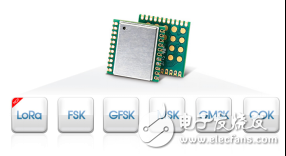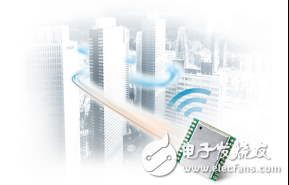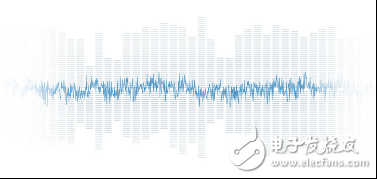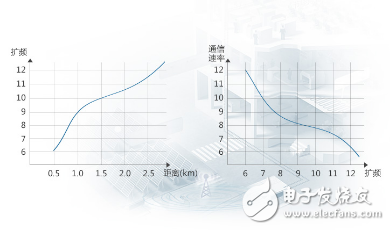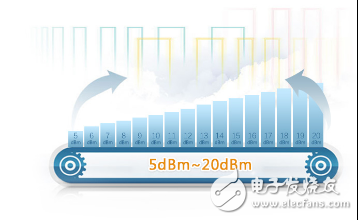LoRa is a technology dedicated to radio spread spectrum modulation and demodulation. It is compatible with other modulations such as FSK (Frequency Shift Keying), GMSK (Gaussian Minimum Shift Keying), BPSK (Binary Phase Shift Keying) and its derivatives. The program formed a clear contrast. It combines digital spread spectrum, digital signal processing and forward error correction coding with unprecedented performance. Previously, these technologies were only integrated in some military communication systems, and with the introduction of LoRa, the situation in the field of embedded wireless communications has completely changed. Figure 1: Wireless products that support LoRa modulation technology The forward error correction coding technique adds some redundant information to the data sequence to be transmitted, so that the error symbols injected in the data transmission process are corrected in time at the receiving end. This technology reduces the need to create "self-healing" packets for retransmission in the past and performs well in solving sudden errors caused by multipath fading. Figure 2: Strong adaptability to complex environments Once the packet packets are established and forward error correction coding is injected to ensure reliability, these packets are sent to the digital spread spectrum modulator. This modulator feeds each bit of the packet into a "spreader" that divides each bit time into a number of chips. The LoRa modem is configured to be divided into 64-4096 chips/bit. The AngelBlocks configuration modem can use the highest spreading factor (12) of 4096 chips/bit. In contrast, ZigBee can only be divided into 10-12 chips/bit. Figure 3: Spread spectrum signals are transmitted in noise By using a high spreading factor, LoRa technology can transmit small-capacity data over a wide range of radio spectrum. In fact, when you measure with a spectrum analyzer, the data looks like noise, but the difference is that the noise is irrelevant, and the data is correlated, based on which the data can actually be extracted from the noise. In fact, the higher the spreading factor, the more data can be extracted from the noise. Figure 4: Adjusting the spreading factor to obtain a longer communication distance At a well-functioning GFSK receiver, the minimum signal-to-noise ratio (SNR) of 8dB requires reliable demodulation of the signal. With the configuration of AngelBlocks, LoRa demodulates a signal with a signal-to-noise ratio of -20dB, GFSK mode with this The result gap is 28dB, which is equivalent to a much larger range and distance. In an outdoor environment, a 6dB difference can achieve twice the original transmission distance. In order to effectively compare the performance of the transmission range between different technologies, we use a quantitative indicator called "link budget". The link budget includes each variable that affects the signal strength at the receiving end, including transmit power plus receiver sensitivity in its simplified architecture. Figure 5: Flexible Adjustable Power Level AngelBlocks has a transmit power of 100mW (20dBm), a receiver sensitivity of -129dBm, and a total link budget of 149dB. In comparison, GFSK wireless technology with a sensitivity of -110dBm (which is already excellent data) requires 5W of power (37dBm) to achieve the same link budget. In practice, most GFSK wireless technology receivers can achieve a sensitivity of -103dBm. In this case, the transmitter must transmit at a frequency of 46dBm or about 36W to achieve a link budget similar to LoRa. Therefore, using LoRa technology, we can obtain a wider transmission range and distance with low transmission power. This low-power wide-area technology is exactly what we need. Guangzhou Lufeng Electronic Technology Co. , Ltd. , https://www.lufengelectronics.com